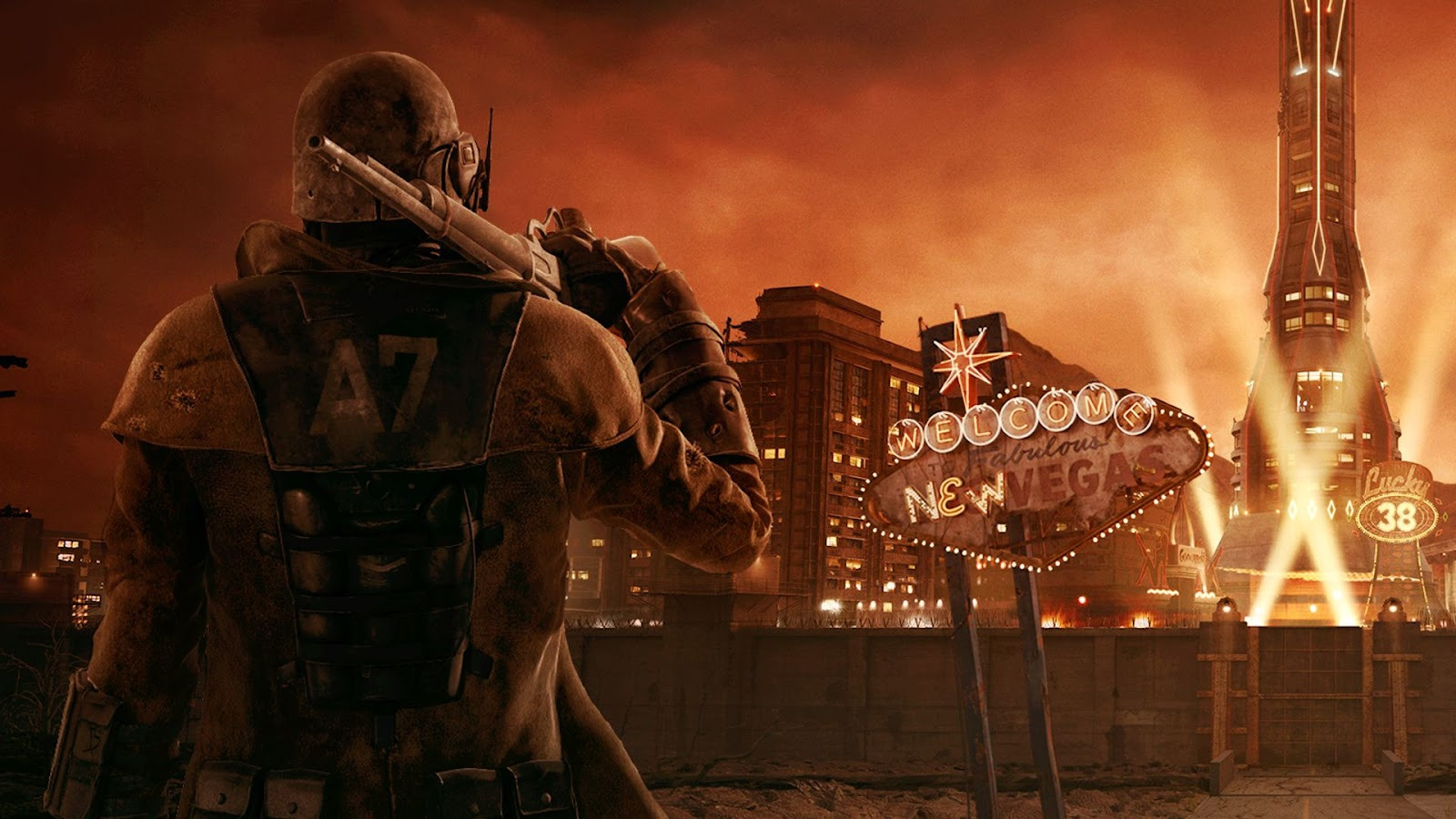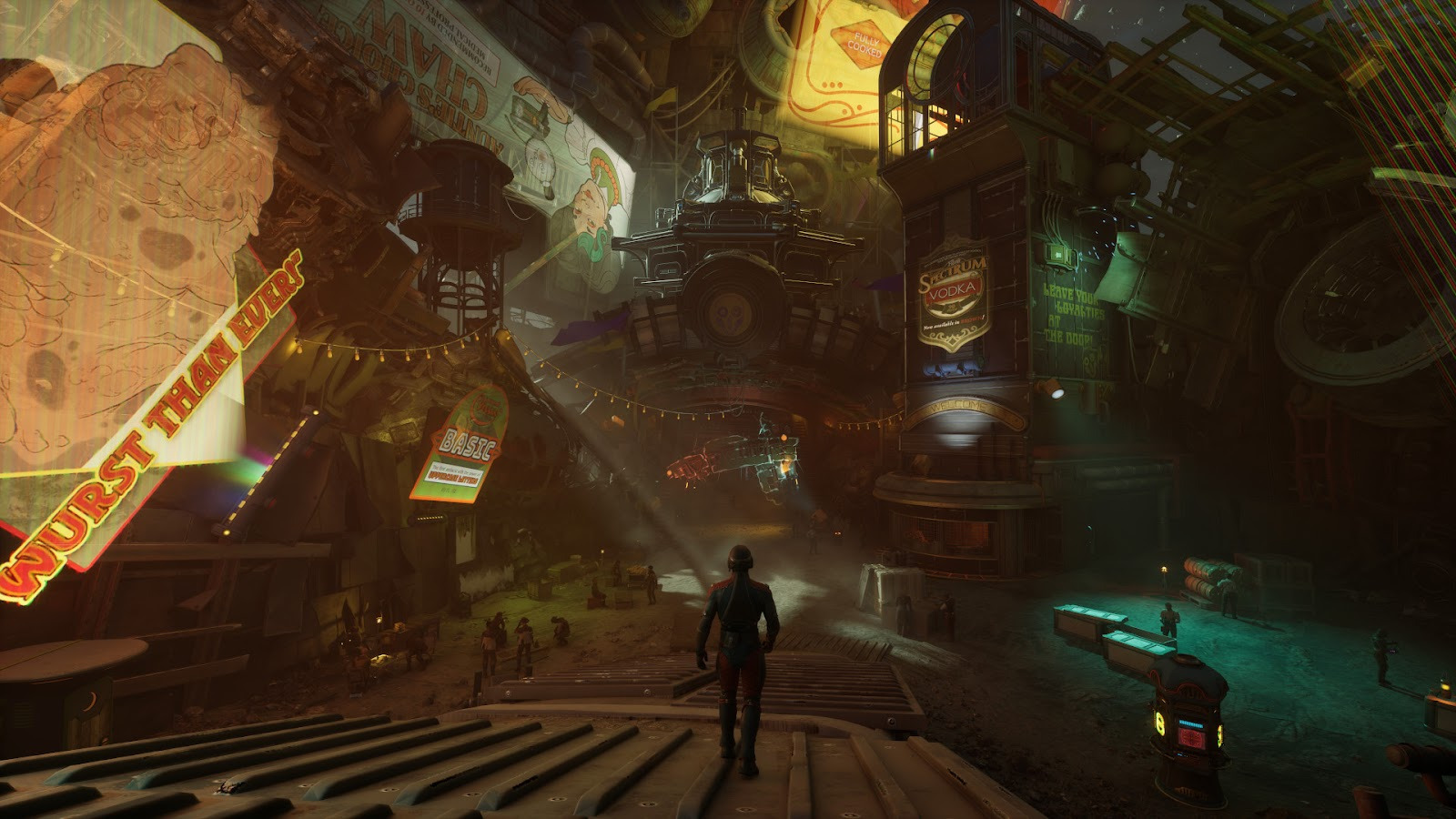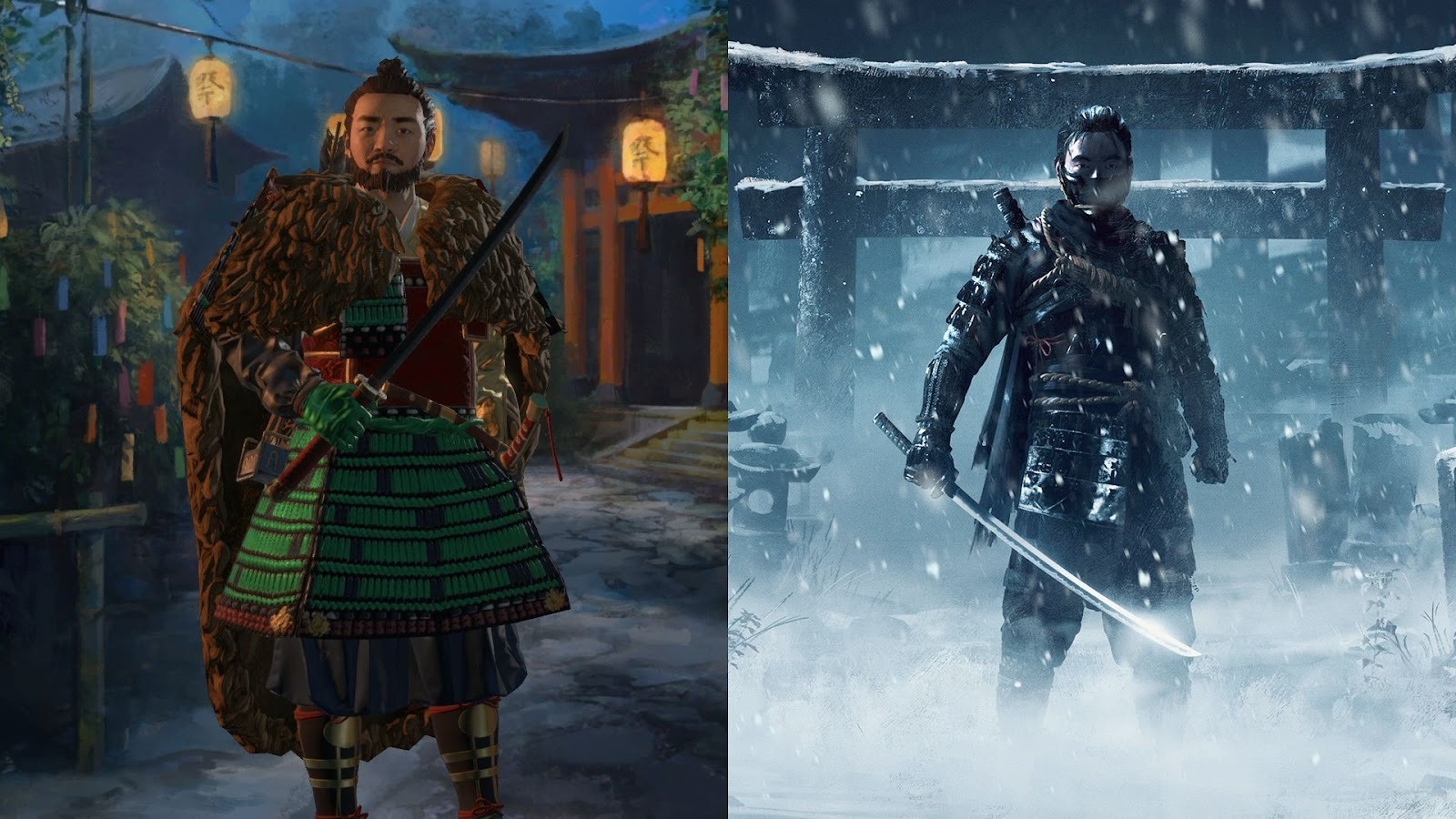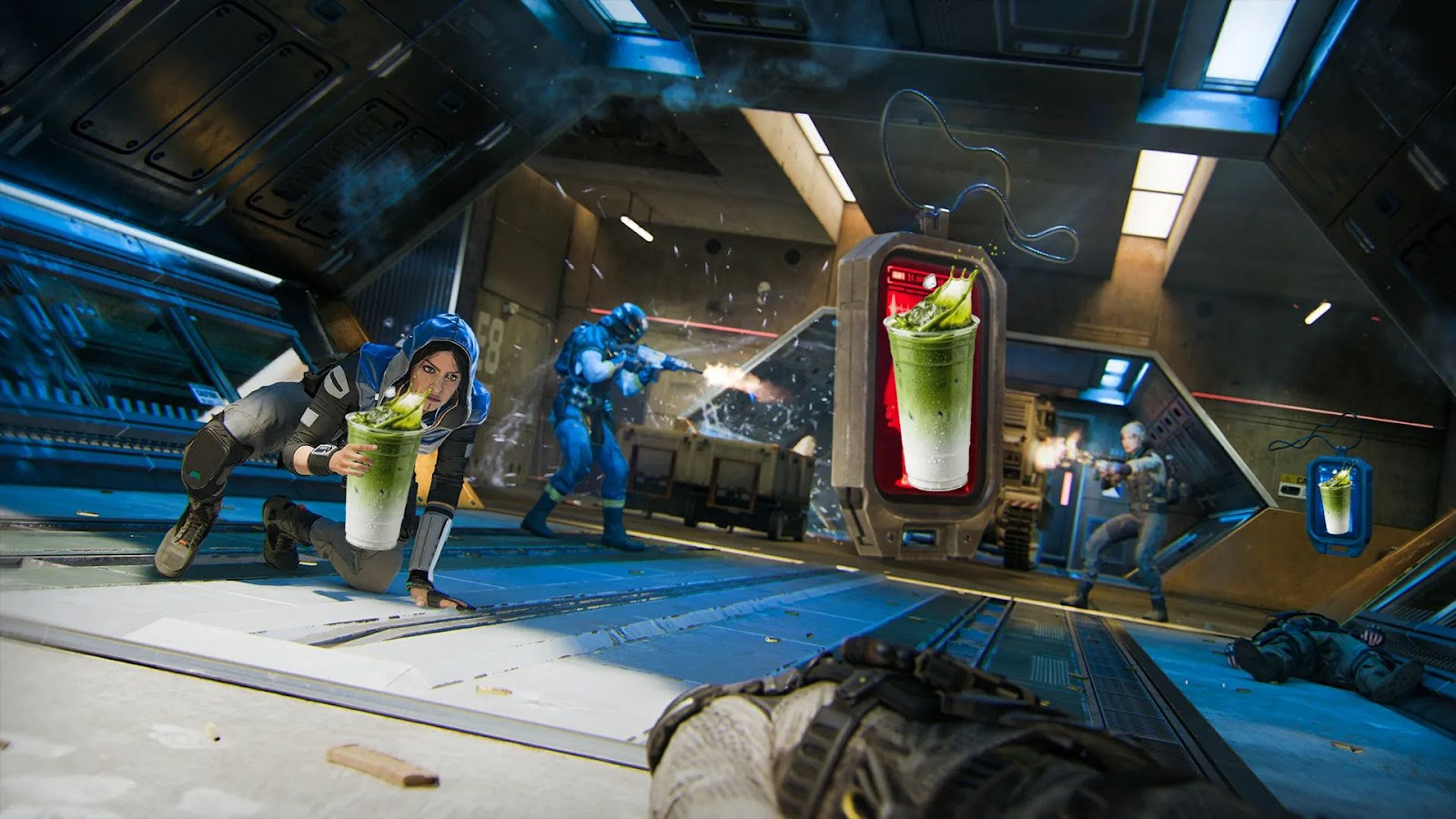You can trust VideoGamer. Our team of gaming experts spend hours testing and reviewing the latest games, to ensure you're reading the most comprehensive guide possible. Rest assured, all imagery and advice is unique and original. Check out how we test and review games here
£11.62. That’s how much I’ve currently spent on discounted PC games as part of Steam’s ten day ‘Summer Camp’ sale. It’s not a lot of money, but we’re less than halfway through the event. Last week I detailed what I consider to be 11 overlooked bargains in the Steam Summer Sale, but I’ve got all of those games already. Valve, however, has found a way to keep me spending.
Steam is the model that all other digital platforms should strive to imitate but, when it launched as a beta alongside Counter-Strike 1.6 in 2002, I said I would never buy a digital product from Valve’s platform in my entire life. I lost: I now have 258 games in my Steam library. Just how did Valve make a piece of software that so utterly and comprehensively annihilates rival platforms such as Xbox LIVE, PlayStation Network, GamersGate, and Direct2Drive?
Steam operates on foundations of a solid infrastructure, seemingly decent security practices, and an excellent software client, but its real power – which the company so effortlessly exhibits with promotions like the Summer Camp sale – is that Valve has turned basic retail practices into a game in itself, and that’s an idea you can easily sell to the millions of gamers with active Steam accounts.
While most of the entire Steam catalogue is discounted during the promotion, at the heart of Valve’s retail game is the discounts themselves, which change every day at 6pm – so you go back and check every day at 6pm. There is enough interest in these to crash Steam, and if you do actually buy something at this time you certainly won’t be able to install it for a couple of hours due to server strain. It’s up to you to decide whether this is Valve being lazy, or simply unable to supply demand, but either way it shows that people are clamouring for these offers.
Extremely competitive deals are a foolproof way of getting people to experience certain products and widen their gaming horizons – it introduced me to the wonderful SpaceChem, for instance, which is quickly becoming one of my favourite experiences of 2011.
But Valve isn’t stopping with discounts alone. The real genius comes from a multi-pronged approach. First Valve temporarily slashes the price of particular games to make them hard to resist, and then it encourages people to actually load up the game in question and play it enough to get a taste of what it’s about. Grab the required in-game achievement and you’ll be given a ticket, and your grand total of tickets is added up and displayed prominently on your Steam profile. Each day of the campaign offers up seven new challenges for players, giving a grand total of 70 possible tickets. You almost definitely won’t be able to get them all.
For playing Valve’s little metagame you get access to a range of prizes. The grand prize is a raffle that awards 100 users the top 10 games on their Steam wishlist (which has the side-effect of encouraging users to fill out their own personal wishlist, of course) and each ticket you earn over the promotional period gives you one entry into the final draw.
But you’re also offered a selection of DLC items for a range of Steam games, including Homefront, Defence Grid, Monday Night Combat, SpaceChem, Dawn of War II: Retribution, Killing Floor, Magicka, Men of War, Team Fortress 2, and Portal 2. Each item can be redeemed for three of your hard earned tickets.
The Team Fortress 2 sunglasses and Portal 2 snorkel are items exclusive to the promotion, but I’ve always fancied Defence Grid’s Resurgence Map Packs and have never quite wanted to splash out the £3.16 it costs to buy them. I’ve also got my eye on the SpaceChem DLC; in three days I’ve gone from barely knowing anything about SpaceChem to actively wanting extra content for the game, and it’s all because of this sale.
It is hard to imagine a rival platform doing something like this, mainly because Steam’s respect and admiration of its full product catalogue is stunning and unmatched: you certainly don’t see Microsoft and Sony championing smaller indie products with such constant frequency. Today, for instance, I’ve been playing Flight Control HD and The Polynomial, and am very tempted to purchase Men of War: Assault Squad while it’s on offer.
What Steam does is both simple but wonderfully creative: it quietly encourages you to play games, and in doing so makes you forget that you’re spending money. If Steam’s original victory was making gamers greet a DRM solution with open arms, its current campaign is to make them actually enjoy parting with their cash.
On July 20 Microsoft starts its annual Summer of Arcade promotion, which looks set to introduce two of the finest digital games of the year – Bastion and From Dust. Imagine if Microsoft was brave enough to fold some of Steam’s current gambits into Xbox LIVE, and that getting certain Achievements during the Summer of Arcade could earn you some free Halo Avatar items and a map pack.
The gulf is even more apparent when you look at what Microsoft is actually doing with Summer of Arcade. Buy all five games in the Xbox LIVE Arcade promotion and you’ll get gifted a free copy of Crimson Alliance, another promising digital title, when it’s released in September. In order to do that, however, you’ll have to buy a copy of Fruit Ninja Kinect – which, obviously, requires you to have a Kinect. Whereas Valve allows you to invest as much as you want into their Summer Camp Sale, and that everyone will be able to get their hands on at least a couple of goodies, Microsoft’s message is annoyingly clear: you’re either entirely invested with Microsoft, to the point you have a Kinect, or you get absolutely nothing.
Too many digital platforms have concerned themselves with replicating the existing brick and mortar retail model, which is based primarily around managing a stockroom with consumer demand – which means old stock falls away to make way for the latest must-have items. Digital doesn’t need to concern itself with the logistics of stockroom management: the only reason not to promote the existing back catalogue is because it might upset publishers who are adamant that the sole focus should be on shifting their current catalogue.
Steam is obviously as concerned with pushing the latest and greatest gaming products, but that’s why these sales are done in the driest retail months of the year – July and December. In these barren months Steam decides to blow open its back catalogue and encourage people to play through some smaller titles and old classics.
Just think about how much more engaging other digital campaigns would be if publishers thought about promoting their full catalogue as opposed to focusing solely on their current line-up. Summer of Arcade would be far more of an event if Microsoft incentivised gamers to pick up past Summer of Arcade titles (with a lofty discount) during this year’s campaign, such as Braid, Shadow Complex, or Geometry Wars 2?
Steam’s ability to look back as well as forwards is its power, and that it digs out, promotes, and encourages gaming – regardless of a game’s age – is why it’s vastly superior to the competition. Valve latch onto and promote the fun of gaming, and in doing so create a powerful retail ecosystem that creates fiercely loyal customers: I’m now basically at the point that I won’t buy a PC game if it isn’t on Steam.
Steam’s Summer Sale is good for business, then, but it’s also great for gaming – the losers are the rival services that don’t even come close.
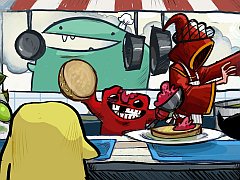
/https://oimg.videogamer.com/images/b500/portal_2_14.jpg)
/https://oimg.videogamer.com/images/35f1/bastion_17.jpg)
/https://oimg.videogamer.com/images/67e2/project_dust_19.jpg)

